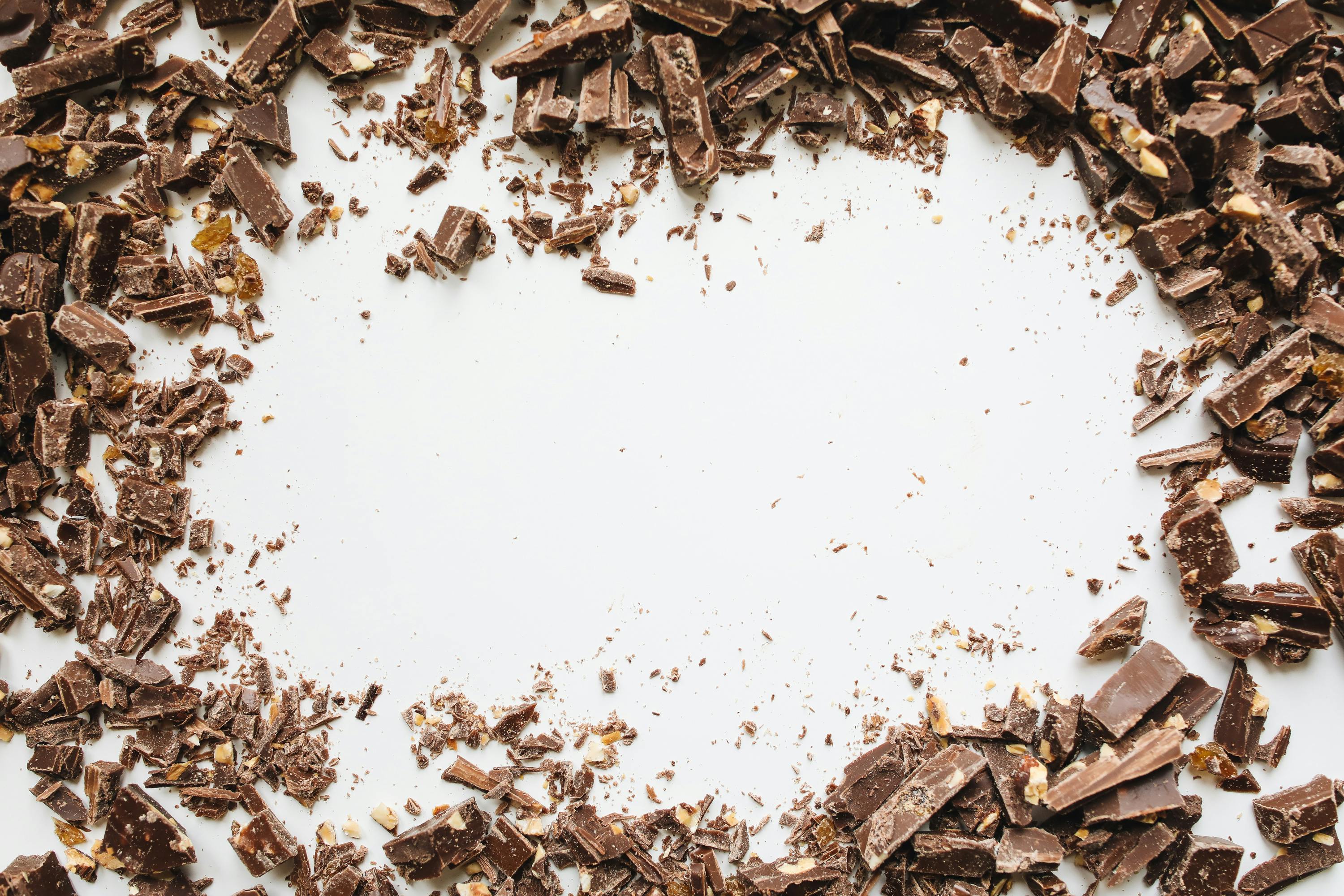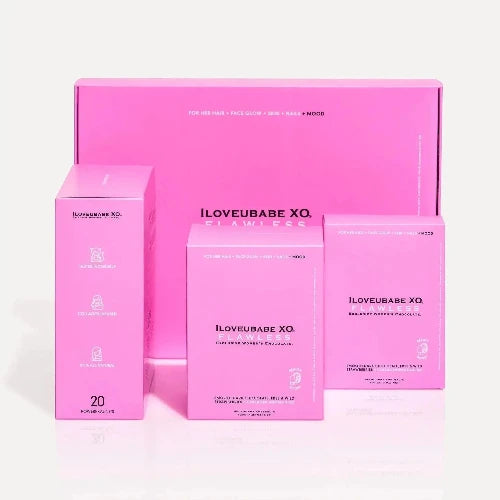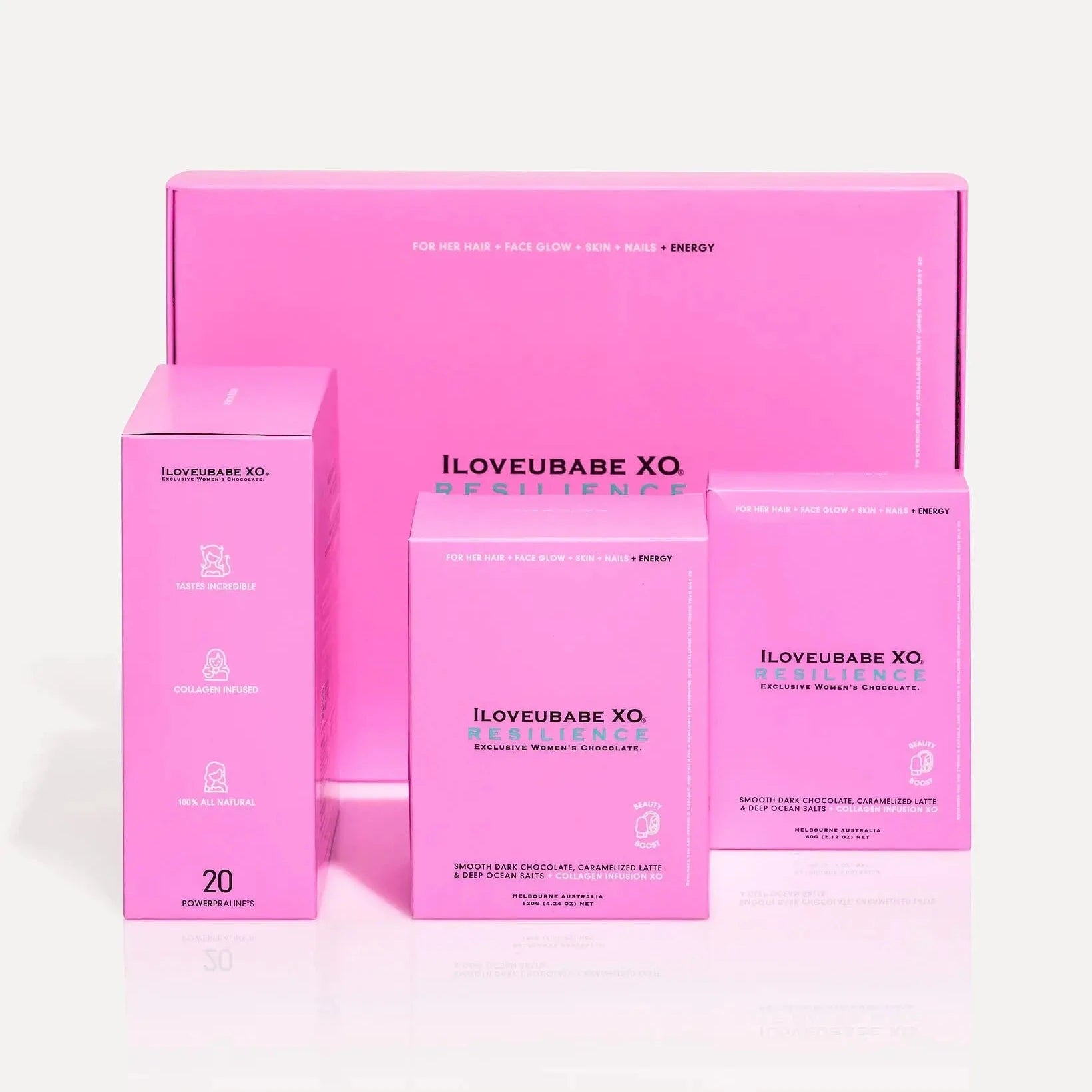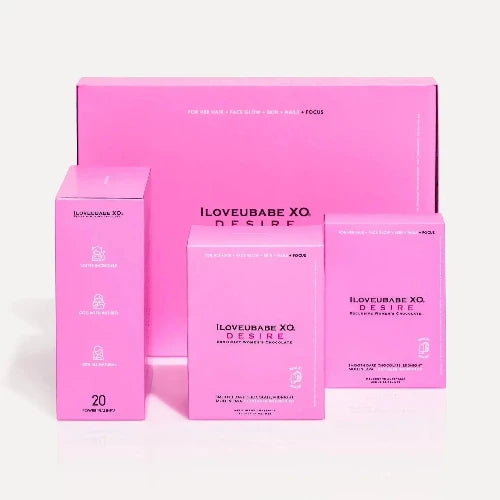
What Is the Best Type of Chocolate for Baking: White, Dark, or Milk?
If you’re standing in the baking aisle wondering which chocolate will actually work best in your brownies, you’re not alone. Whether you're making gooey cookies or show-stopping cakes, choosing the right chocolate for baking can make or break your recipe.
Let’s walk through the different types of chocolate, what they do best, and how to get the most delicious results every time.
Understanding Baking Chocolate: White vs. Dark vs. Milk
Before we jump into the oven, here’s a quick breakdown of the three main types of chocolate:
- Dark chocolate: Rich, intense, and full of cocoa flavour.
- Milk chocolate: Smooth, creamy, and a little sweeter.
- White chocolate: Buttery, sweet, and technically not true chocolate (no cocoa solids, just cocoa butter).
Each one brings its own personality to your baked goods, it’s all about picking the right one for the job.
Using Dark Chocolate for Baking
When to Use It
Dark chocolate is your go-to when you want the chocolate to really shine. It brings bold flavour to things like:
- Fudgy brownies
- Flourless chocolate cakes
- Rich ganache
- Dark choc chunk cookies
It’s also great melted and swirled into batter or used as a base for truffles.
Need a reminder on the wonders of dark chocolate? Here’s what dark chocolate is, and why it might be your new best friend.
Tips for Baking with Dark Chocolate
- Balance the bitterness: Add sweet elements like caramel, banana, or vanilla.
- Watch the cocoa percentage: 60% to 70% is a good middle ground for most baking.
- Melt it gently: Use a double boiler or low microwave heat to avoid seizing.
Want to keep your bakes skin-friendly too? Sprinkle cut up pieces of our Chocolate Power Praline over brownies post-bake, beauty snack meets dessert topping.
Milk Chocolate And Baking
When to Use It
Milk chocolate brings that classic, nostalgic sweetness. Use it for:
- Classic choc chip cookies
- Frostings and ganaches for layer cakes
- Homemade bars and barks
- Kid-friendly cupcakes and muffins
Its meltier, creamier vibe makes it a little more subtle in flavour, so it works well when chocolate isn’t the main character.
Tips for Baking with Milk Chocolate
- It melts quicker: Lower heat is best to avoid burning.
- Adjust your sugar: Milk chocolate is sweeter, so reduce sugar elsewhere.
- Pair it smartly: It plays nice with nuts, toffee, or light fruits like strawberries.
Baking With White Chocolate
When to Use It
White chocolate isn’t everyone’s favourite, but in the right dessert, it can add a different flavour.
Use it in:
- Blondies and cookie bars
- Cheesecakes (it melts into the mix like a dream)
- White choc raspberry muffins
- Frostings for fruit-forward cakes
Because it’s made from cocoa butter and milk solids (no cocoa solids), it’s less chocolatey and more sweet/buttery.
Tips for Baking with White Chocolate
- Easy does it: It scorches fast. Melt low and slow.
- Cut the sweetness: Add lemon zest or tart berries to balance.
- Use it as a swirl: Mix into batters or drizzle on top of cooled bakes.
For bonus glow-up points, top cheesecakes with grated collagen chocolate. It’s indulgent and good for your skin.
Can You Use Normal Chocolate for Baking?
Good question, and yes, you usually can.
Normal chocolate (like your average chocolate bar) can be used in baking, but there are a few things to watch:
- It might contain added oils or fillers that affect melting.
- Sugar levels can be high, so adjust your recipe accordingly.
- It won’t behave the same way as baking chocolate, which is often formulated with fewer additives.
So if you’re wondering, “Can you use normal chocolate for baking?” The answer is: yes, but check the label, and maybe avoid the ones with caramel centres.
What’s the Difference Between Baking Chocolate and Normal Chocolate?
Let’s break it down real quick:
|
Feature |
Baking Chocolate |
Normal Chocolate |
|
Cocoa % |
Higher (usually 50–100%) |
Varies widely |
|
Sugar content |
Often unsweetened |
Usually sweetened |
|
Additives |
Minimal |
May contain oils, flavours |
|
Performance in oven |
Designed to bake well |
May burn or seize |
If your recipe just says “chocolate,” you can usually reach for semi-sweet baking chocolate, or use a chocolate bar if that’s what you have; just adjust the sugar.
Collagen Chocolate? A Delicious Topping Hack
Okay, you can just eat our chocolate straight from the pack. But why not get fancy?
- Grate it over cupcakes
- Break it up into chunks for cookies
- Melt and drizzle for a glow-up ganache
- Give it as part of a DIY baking kit (the perfect Australian Mother’s Day gift!)
Our chocolates are low in sugar, made with real cocoa butter, and support skin health while satisfying your chocolate cravings.
Using Normal Chocolate For Baking
There’s no one-size-fits-all answer to “What’s the best chocolate for baking?” – it all depends on what you’re making and what flavour you’re after.
- Use dark chocolate for a bold, rich flavour
- Choose milk chocolate for a classic, sweet bite
- Opt for white chocolate when you want creamy, buttery richness
And for something that’s indulgent and better-for-you? Let our collagen chocolate top your next batch, because baking should be sweet, simple, and glow-boosting.
Shop Collagen Infused Chocolate Gift Boxes
FIND HER PERFECT GIFT NOW
Guilt-Free Chocolate That Tastes Incredible XO












